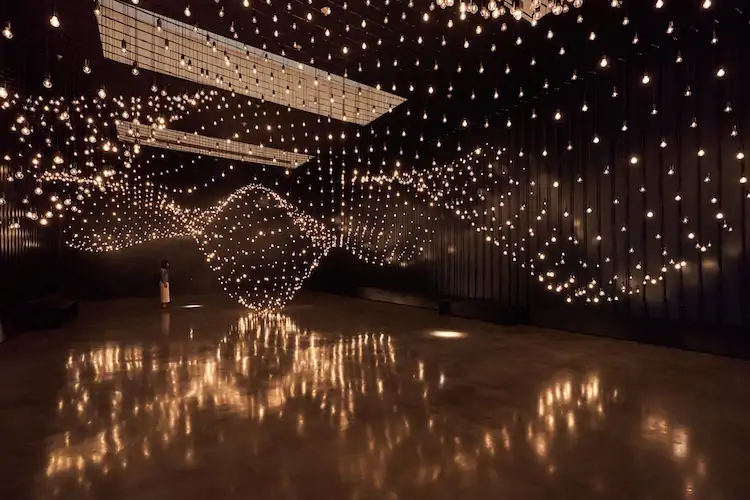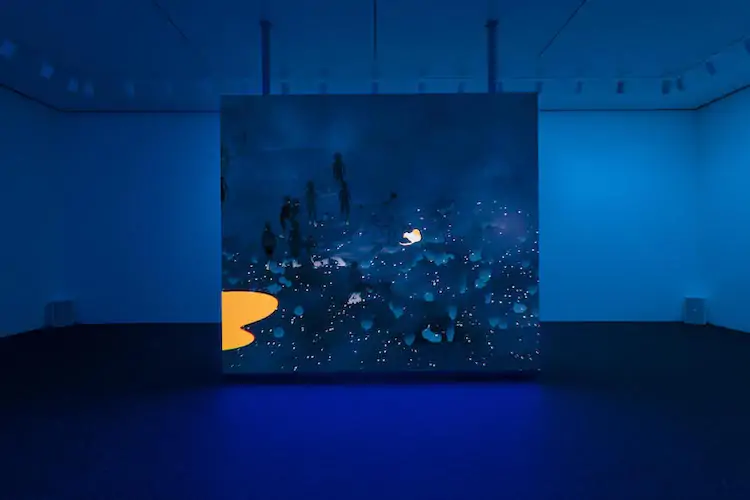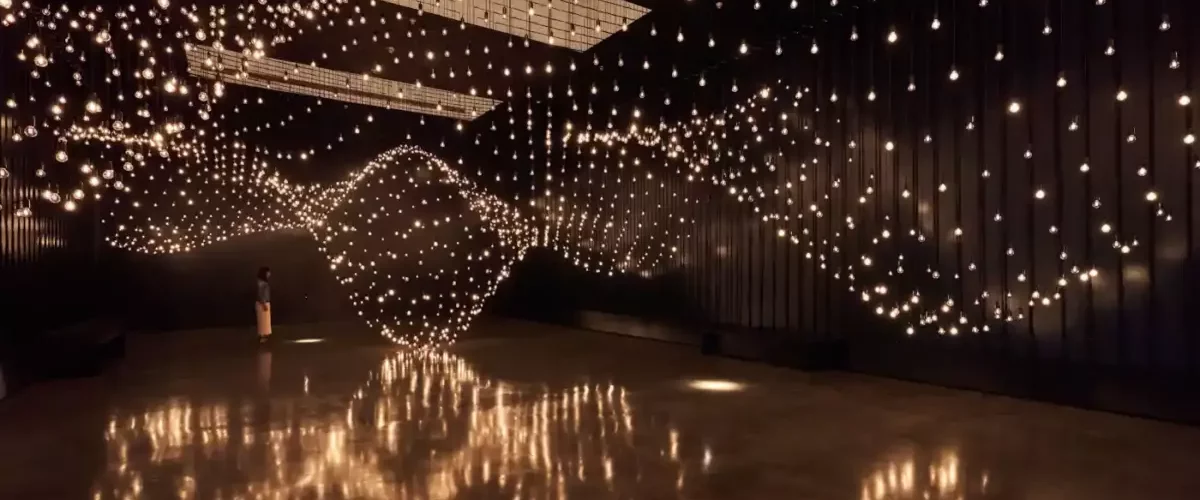Over the past few decades, advancements in technology have transformed every aspect of our lives. This includes the world of art, which has seen an explosion of digital media that is changing the way we create, view, and experience art. From virtual reality exhibitions to computer-generated artworks, the digital age has opened up new possibilities for artists and audiences alike. One of the most exciting aspects of the intersection of art and technology is the way in which it has expanded the definition of what constitutes art. Traditionally, art has been defined as a physical object, whether it be a painting, sculpture, or photograph. However, in the digital age, art can exist in a purely virtual form, such as a digital animation or video game.
Art in the digital age
With advancements in technology, artists are pushing the boundaries of traditional art forms and creating new forms of expression that challenge our notions of what art can be. Digital media has transformed the way we create, view, and experience art, and has led to the rise of new art forms such as virtual and augmented reality, cryptoart, and interactive installations. Let’s look at the work of two contemporary artists, and how their use of technology is creating participatory experiences and immersive environments for viewers.
Rafael Lozano-Hemmer
Artist Rafael Lozano-Hemmer has created several interactive installations that use technology to create a participatory experience for viewers. In his work “Pulse Room,” the artist installed a room filled with hundreds of light bulbs that were connected to sensors measuring the heart rates of visitors. As the visitors’ heart rates increased, the bulbs would light up in sync with their pulse, creating a visual representation of the collective heartbeat of the room.

Common Measures
Sep 9 – Oct 22, 2022; New York
Ian Cheng
Another artist exploring the possibilities of digital media is Ian Cheng, whose “live simulations” use computer algorithms to generate ever-changing, interactive landscapes. Viewers can explore these digital environments in real-time, interacting with virtual creatures and objects in a way that blurs the line between reality and fiction.

Live Simulations, 2018
In addition to expanding the definition of art, digital media has also democratized the art world in many ways. With social media platforms like Instagram and TikTok, artists can reach a wider audience than ever before, and create a community around their work. This has led to the rise of “digital influencers” in the art world, who use their online platforms to showcase their art and connect with fans.
The disappearance of geographical boundaries in art
Digital media has also made it easier for artists to collaborate across geographical boundaries. With video conferencing and cloud-based collaboration tools, artists can work together on projects even if they are located in different parts of the world. This has led to a new era of global art collaborations, in which artists from different cultures and backgrounds can come together to create works that are truly unique.
Challenges faced by art and technology.
Of course, there are also challenges that come with the intersection of art and technology. One of the biggest concerns is the potential for digital artworks to be easily replicated and distributed without the artist’s permission. This has led to a growing debate about the role of copyright and intellectual property in the digital age.
Another concern is the potential for technology to dehumanize the art experience. As more and more art moves online, there is a risk that the personal, emotional connection between the viewer and the artwork will be lost. This is a challenge that artists and curators are actively working to address, through the use of immersive technologies like virtual reality and augmented reality.
Overall, the intersection of art and technology is an exciting and rapidly evolving field that is changing the way we create, view, and experience art. While there are certainly challenges that come with this new era of digital art, the possibilities for innovation and creativity are truly endless. As we continue to explore the potential of digital media in the art world, we can expect to see even more groundbreaking works that push the boundaries of what is possible.
Art and virtual and augmented reality
One of the most exciting developments in the intersection of art and technology is the use of virtual and augmented reality. These immersive technologies allow viewers to enter into a digital space, where they can interact with art in a way that was previously impossible. Museums and galleries around the world are experimenting with virtual and augmented reality exhibitions, which allow visitors to explore entire collections in a single room, or to walk through a digital recreation of a famous artwork or historical site.
In addition to immersive technologies, artists are also using more traditional digital tools like Photoshop and Illustrator to create works that blur the line between traditional art forms and digital media. For example, the artist Olafur Eliasson has created several series of digital prints that use mathematical algorithms to create kaleidoscopic patterns and abstract compositions. These works challenge our notions of what constitutes “handmade” art, and push us to consider the role of technology in the creative process.
Blockchain-based digital art
Another exciting development in the world of digital art is the rise of blockchain-based art. Blockchain is a digital ledger system that allows for secure, transparent transactions without the need for a centralized authority. In the art world, this technology is being used to create “cryptoart” – digital artworks that are verified on the blockchain and sold as unique, collectible assets. This has created a new market for digital art, with some cryptoart pieces selling for millions of dollars.
As the intersection of art and technology continues to evolve, it is clear that digital media is changing the way we create, view, and experience art in profound ways. From immersive technologies to blockchain-based art, artists are pushing the boundaries of what is possible, and creating works that challenge our notions of what constitutes art. As we continue to explore the possibilities of digital media in the art world, it is clear that the future of art is a bright and exciting one.
Summary
In summary, the intersection of art and technology has transformed the way we create, view, and experience art. Digital media has expanded the definition of art, democratized the art world, and enabled global collaborations between artists. Immersive technologies like virtual and augmented reality have created new opportunities for viewers to engage with art, while traditional digital tools like Photoshop and Illustrator have blurred the lines between traditional art forms and digital media.
The rise of blockchain-based art has created a new market for digital art, with some pieces selling for millions of dollars. While there are challenges that come with the digital age of art, such as the potential for artworks to be replicated and distributed without the artist’s permission, the possibilities for innovation and creativity are truly endless. As we continue to explore the potential of digital media in the art world, we can expect to see even more groundbreaking works that push the boundaries of what is possible.
